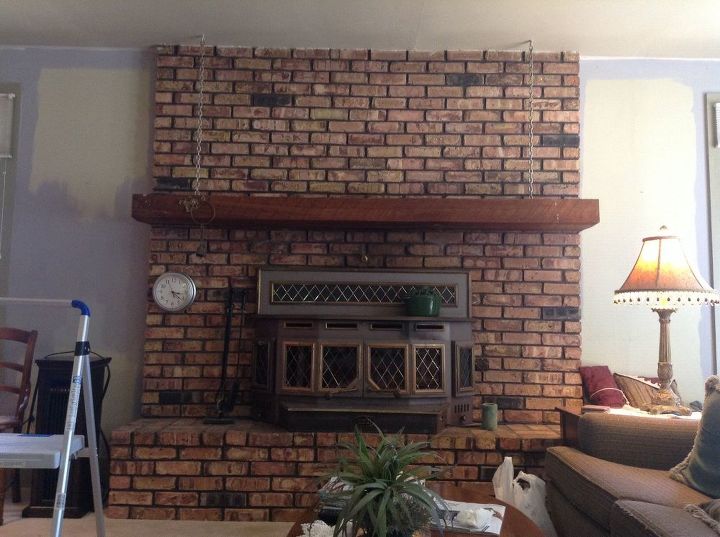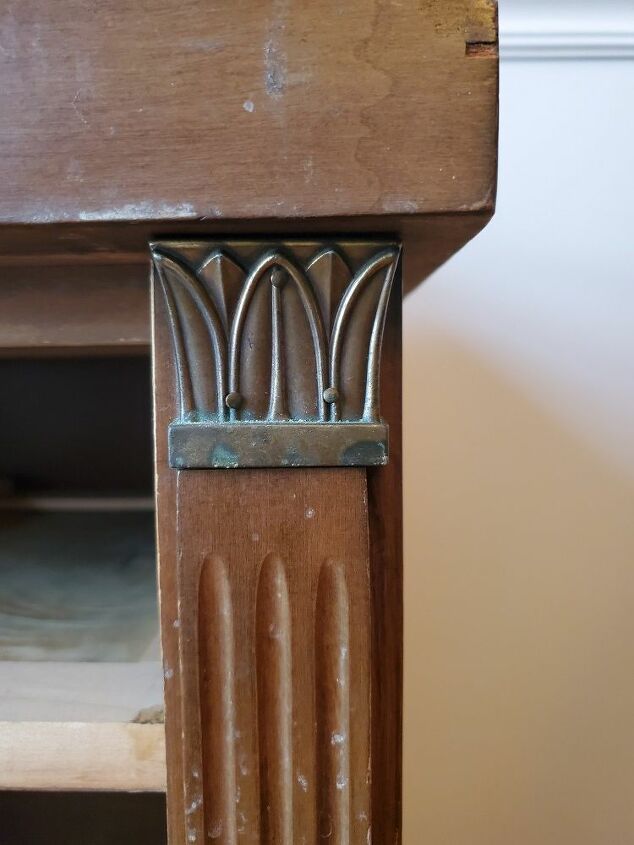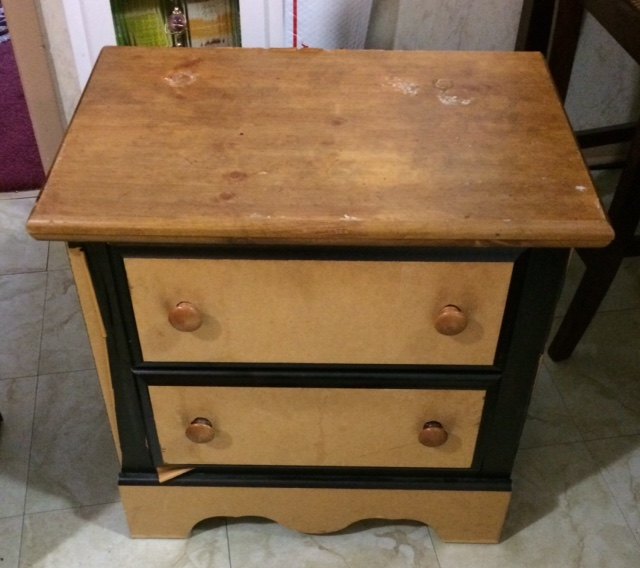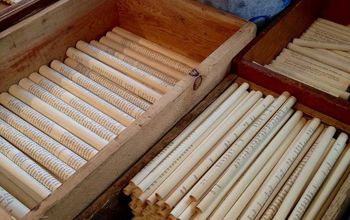How do I sand the details on a nightstand door?
I'm trying to sand this nightstand door so that I can prime and paint it. What can you recommend I use to get into that lowered area and the raised, rounded edge around it? I've used a triangular sander for the big areas and tried a Dremel for the details but I have very little experience with it and just ran through a couple of disks without much effect. Is there a specific tool for this? I have the whole bedroom set to fix and I'm beginning to understand why chalk paint might be a better option.... But I not ready to give up yet! :)PS- I've tried to upload photos but nothing happens. Why?
Related Discussions
Should I paint or stain my oak kitchen cabinets?
I was wondering if you could help me with something -- I have an entirely oak kitchen. I know it's the rage now to paint or gel stain cabinets. I've been considering ... See more
How to paint a metal front door?
How do I paint my front door? It's metal.
How to paint grout?
How do I paint grout to change the color? The grout is in great shape, but the color - meh.
How to whitewash a brick fireplace?
What is the best method to whitewash bricks surrounding a fireplace?
Should I remove the metal accents on this nightstand?
I already asked this question but I have more questions about the piece. Thank you for all of your advice! Don't know what I'd do without you guys. Quick Update to my... See more
Need help with night stand makeover
Both night stands have peeling laminate and raised, water damaged areas on top. Can they be saved? My son's girlfriend wanted one of these two night stands painted i... See more





In the past I have just wound a piece of sandpaper around a very small wooden dowel.
You can use 00 steel wool. You only need to sand off sheen if you are going to paint and prime. You're working too hard. Also wash down with TSP to make sure all oils, other soils are gone.
If you are going to sand, you don't have to remove all the original finish. All you have to do is scuff the surface so the new paint will adhere. When I painted this nightstand, I scuffed with fine steel wool and didn't remove any of the original finish. Then cleaned with denatured alcohol. It was ready for priming and painting after that. I did this about 4 years ago and there isn't one chip. They get a lot of wear and tear.
Use 0000 steel wool, the 00 is too coarse, and then I use soft brass wire brushes that are about the size of toothbrush from True Value. Used dental tools when I was restoring Victorian homes way back in the 60s.
Why are you sanding? scratches,getting off sealer/stain?paint? the grain in oak? What type of wood is it? it may bleed thru the paint the tannins(oils) in wood bleed thru;you can buy sponge sanders that get into tight spaces;info. https://www.countryliving.com/diy-crafts/tips/a266/paint-furnishings-and-learn-from-my-mistakes/ more https://vintagerevivals.com/how-to-paint-furniture/
Have you tried a sanding sponge? Those seem to be fairly flexible.